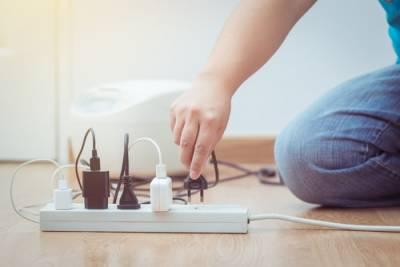
Understanding the Types of Electrical Burns
Electrical burns generally occur in one of two ways: thermally or an arc burn. Thermal burns are those experienced when a victim is burned by an overheated electrical surface, such as a conduit, or comes in direct contact with an electrical source. Arc burns are those experienced in the gap between conductors (air, water, etc.); these may also be the result of an explosion flash of electricity. Clothing lit on fire while touching an overheated surface may also be considered a thermal burn but could be, in some cases, an arc burn. Exact details of the accident will determine what type of burn a victim has experienced.
Injuries Caused by Electrical Burns
Unlike surface burns, such as those experienced when burned by an open flame or hot surface, electrical burns often burn victims on the inside, as well as the outside of their body. So, in addition to possibly needing skin grafts and debridement of the skin, victims may also have damage to internal organs. Such extensive injuries can facilitate the need for a transplant or, if severe enough, may ultimately lead to fatality for the victim. For this reason, victims should seek medical treatment after an electrical burn, even if no visible evidence of an injury is present.
Are You Eligible for Compensation?
Often, the type and cause of a burn could impact whether a victim is owed compensation. For example, an electrical burn experienced as a thermal burn from touching the hot surface of a clearly marked electrical source, such as the back panel of a dryer, may not be eligible for compensation.
In contrast, a victim who touched an area that should have been safe and experiences an electrical burn because of a defect might have a claim against the manufacturer of the machine. If you suspect, for any reason, that your injury could have been due to negligence or a manufacturing defect, it is critical that you contact an experienced attorney for an evaluation of your personal injury case.
Contact Our Appleton Personal Injury Lawyers
At Herrling Clark Law Firm, Ltd., we recognize the severity of electrical burns, and we will fight to ensure you and your loved ones receive the compensation you deserve. Ask how our Appleton personal injury lawyers can assist with your case. Call 920-739-7366 and schedule a personalized consultation with us today.
Sources:
http://www.lni.wa.gov/safety/research/files/arcflashhazardreport.pdf
http://emedicine.medscape.com/article/1277496-overview



